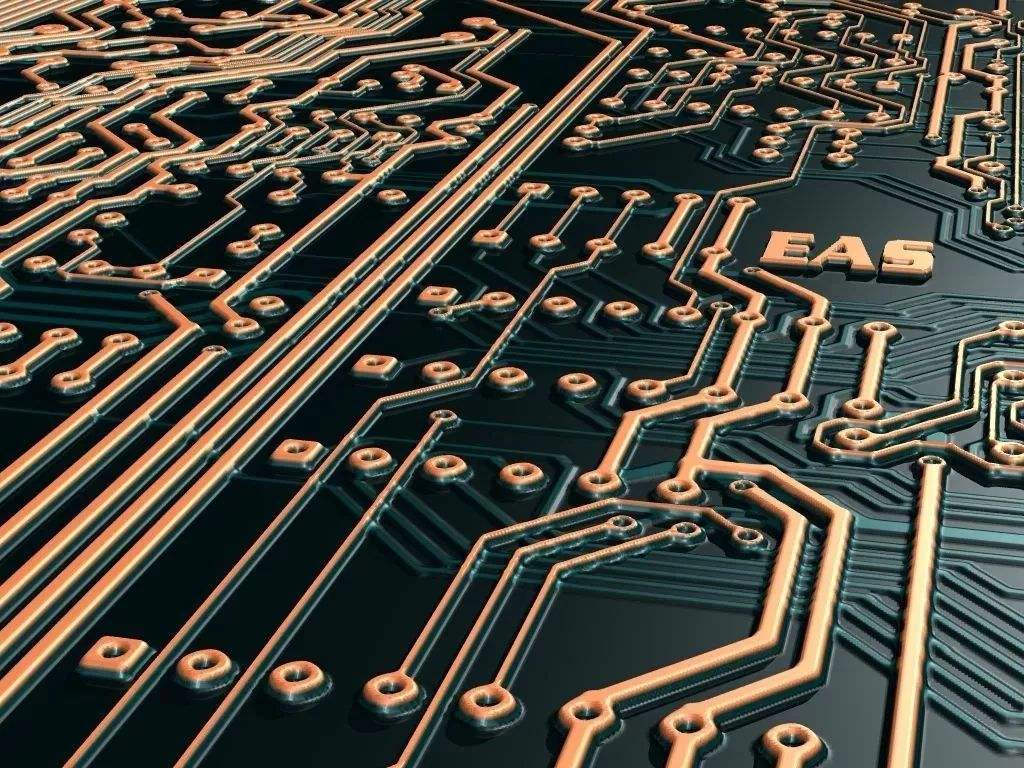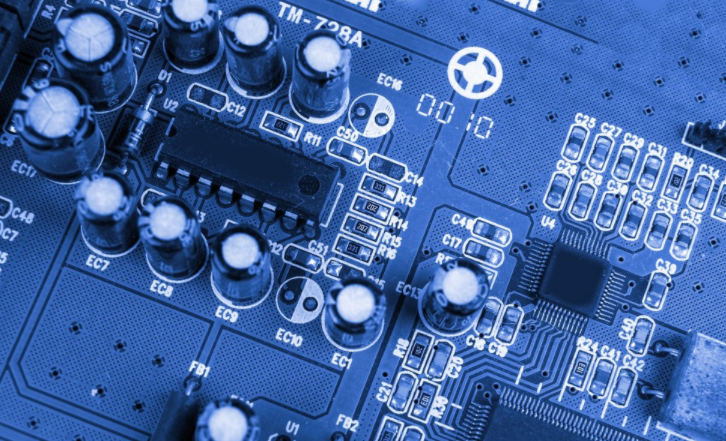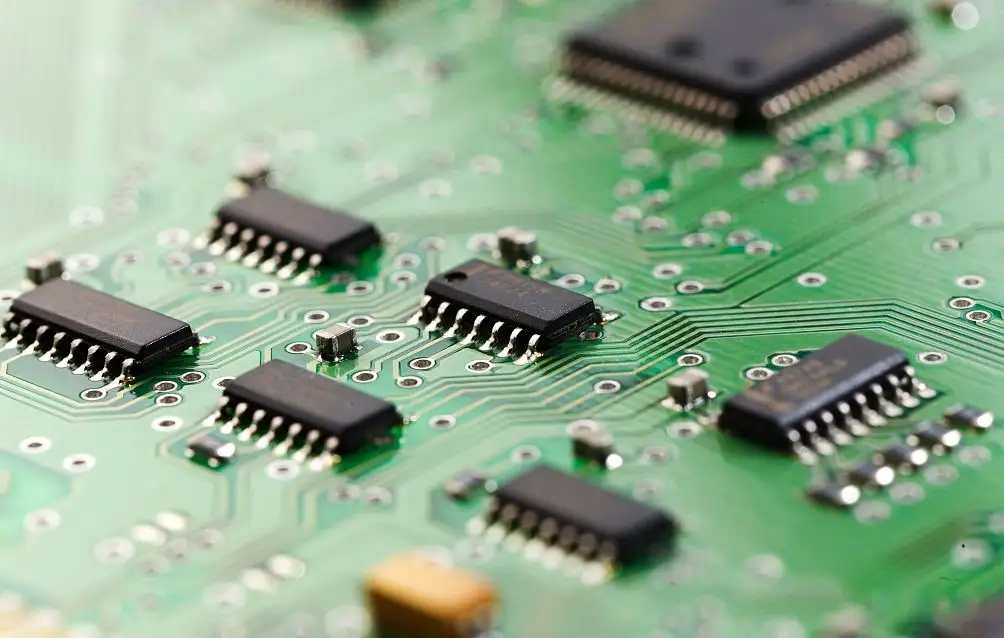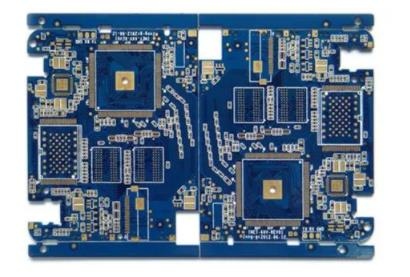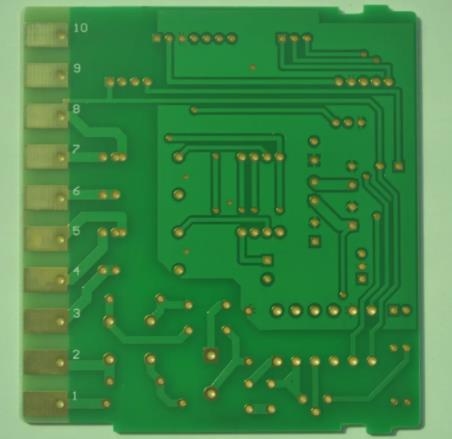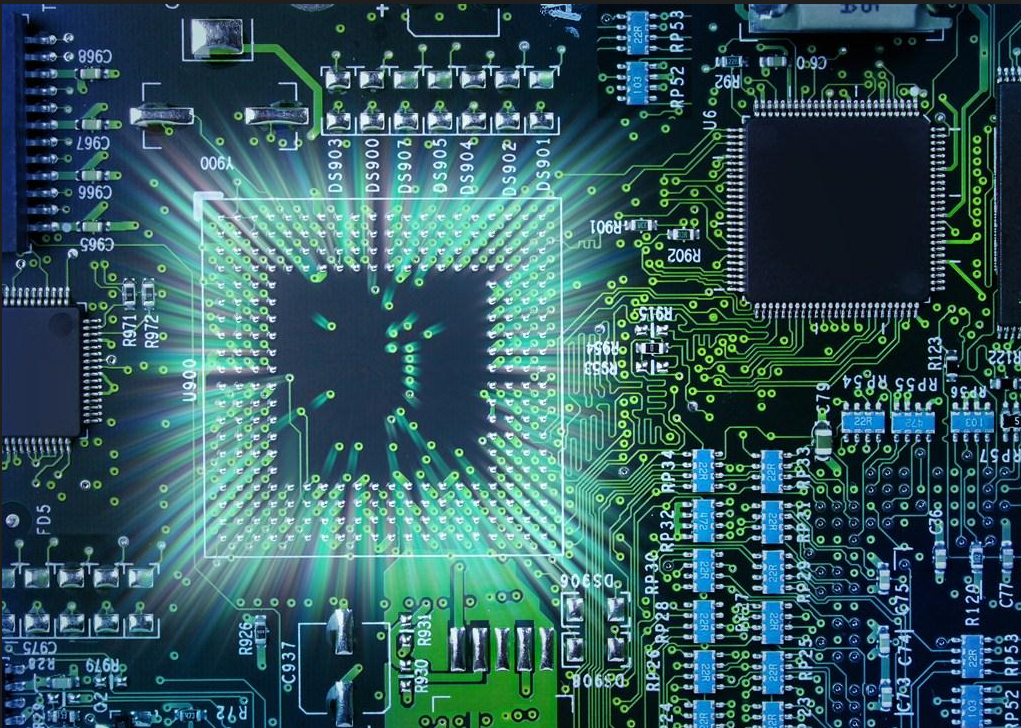
Influence of PCB thixotropy on ink effICiency
The success or failure of ink use directly affects the overall technical requirements and quality indicators of PCB shipment Therefore, PCB manufacturers attach great importance to the efficiency of ink In addition to the well-known ink viscosity, the thixotropy of ink is often ignored But it plays a very important role in screen printing In order to more clearly explain the impact of thixotropy on screen printing, we must also start from the most basic ink and screen printing principles Then introduce the concept of thixotropy
In order to more clearly explain the impact of thixotropy on screen printing, we must also start from the most basic ink and screen printing principles. Then the concept of thixotropy is introduced. Next, we analyze and explore the influence of thixotropy on ink efficiency in PCB system:
1. Screen
Screen printing is one of the indispensable materials in the process of screen printing. Without screen, it cannot be calLED screen printing. Screen printing is the soul of screen printing technology. The screen is almost all silk (of course, there are also non silk).
In the PCB industry, the most commonly used is the t-net Except for individual special needs, S and HD networks are generally not used This is because PCB industry is a high-tech and highly specialized industry It is different from SIMple handicrafts and artistic techniques Generally, handicrafts and artistic skills do not require a high level of technology As long as it can achieve or reach the human visual effect For PCB, it should not only look neat and beautiful PCB must be used for current conduction and signal transmission It must meet the fine geometric dimension required by power efficiency, which requires strict measurement Belongs to Therefore, we need to know several important technical parameters related to wire MESh
Circuit board
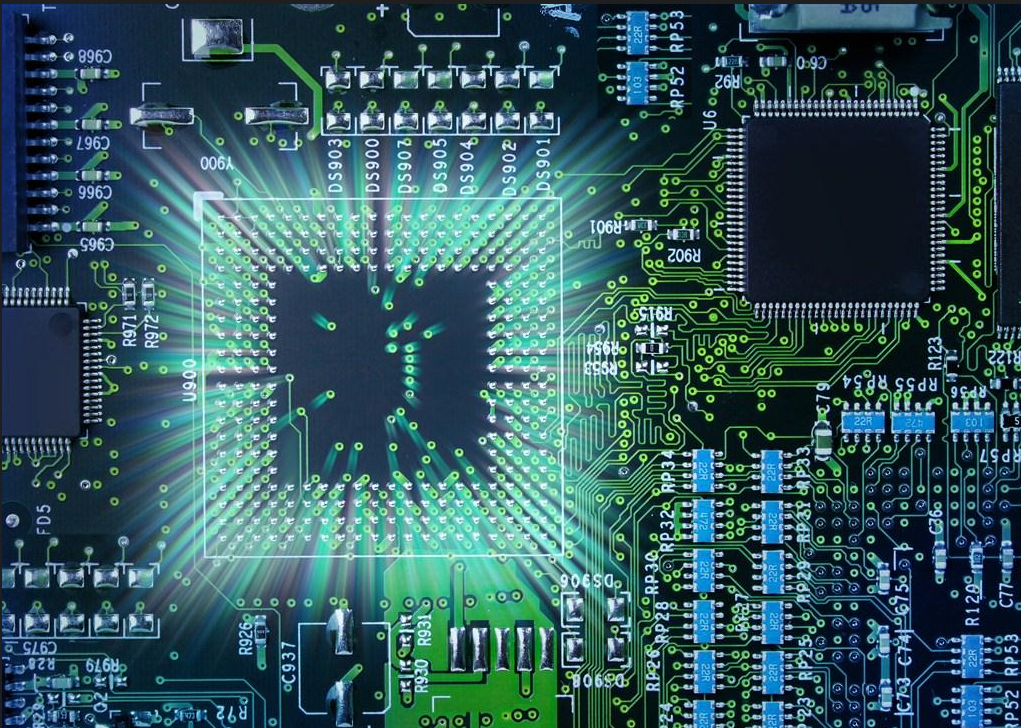
1. Screen thickness: thickness refers to the measured value of screen thickness under no tension. The measured value is the statistical average value obtained from the measured data, expressed in mm. The thickness is determined by the diameter of the wires that make up the screen and is related to the ink penetration of the screen.
2. Screen opening area ratio: the ratio of screen area to screen area, expressed as a percentage. The higher the value, the larger the screen opening.
3. Ink on the screen permeability: here refers to the theoretical value. In the actual screen printing production, the ink permeability will be affected by the information, efficiency, viscosity, pigment fineness and thixotropy of the specification ink. Cardboard hardness, printing pressure, printing speed, touch screen distance and other factors will affect it.
2. Ink
It refers to colored gel substances used for printed boards. It usually consists of synthetic resin, volatile solvent, oil and filler, drying agent, pigment and thinner. Usually called ink.
(1) Ink composition:
1. Resin: Resin is an important component to form ink film and determine ink efficiency. Famous PCB ink brands have their own patent formulas. We usually talk about the effectiveness of this brand of ink. In fact, resin plays a very important role in it. It determines the maneuverability, luster, adhesion, hardness, water resistance, solvent resistance, acid and alkali resistance, temperature resistance, etc. of the ink.
2. Solvent:
Solvent action:
1. Dissolve the resin. Make it a good link material;
2. Dissolved pigments and additives;
3. Adjust the ink viscosity;
4. Adjust the ink drying speed;
5. Dissolve and penetrate the substrate to enhance adhesion.
3. Pigment: Pigment is mainly used. Pigments can be divided into two categories, including organic pigments and inorganic pigments. Organic pigments refer to non mineral pigments with bright colors and complete chromatograms, but generally have poor covering power. Inorganic pigments refer to minerals. For example, titanium dioxide, zinc dioxide, iron blue, carbon black, etc., they have good hiding power, strong light resistance and aging resistance. PCB inks are mostly of this kind.
4. Additives: The purpose of adding additives to the ink is to improve the physical properties of the ink, enhance the printability of the ink, and improve the printing effect.
3 Several important technical properties of printed circuit board ink
Whether the quality of PCB ink is excellent or not, in principle, it is impossible to separate from the combination of the above main components. The excellent quality of printing ink is the comprehensive embodiment of scientific formula, advancement and environmental protection. This is reflected in:
(1) Viscosity: Abbreviation for dynamic viscosity. It is usually expressed by viscosity, that is, the shear stress of fluid flow divided by the velocity gradient in the direction of the flow layer. The international organization is Pa/s or mpa/s. In PCB production, it refers to the fluidity of ink under the action of external forces.
(2) Plasticity: After the ink deforms under the action of external force, it still retains the characteristics before deformation. The plasticity of the ink is conducive to improving the printing accuracy;
(3) Thixotropy: (thixotropy) The ink is gelatinous when standing, and its viscosity changes when touching. It is also called thixotropy and anti sagging;
(4) Liquidity: (leveling) the degree of diffusion of ink under the action of external force. Liquidity is the reciprocal of viscosity, which is related to the plasticity and thixotropy of ink. Large plasticity and thixotropy, large fluidity; Large liquidity, easy to expand the MARK. Low mobility, easy to form a network, leading to the formation of ink, also known as mesh;
(5) Viscoelasticity: refers to the ability of the ink to be cut and broken after being scraped by a scraper, so as to rebound quickly. It requires fast ink deformation and rebound, which is favorable for printing;
(6) Dryness: The slower the ink dries on the screen, the better, and the faster the ink is transferred to the substrate, the better;
(7) Fineness: the size of pigment and solid material particles. PCB ink is generally less than 10mm, and the size of fineness should be less than 1/3 of the mesh;
(8) Tightness: When the ink is picked up with an ink shovel, the degree to which the silk ink does not break when stretched is called tightness. The ink filament is long, and there are many filaments on the ink surface and printing surface, making the substrate and printing plate dirty and even unable to print;
(9) Transparency and hiding power of printing ink: For PCB printing ink, according to different uses and requirements, different requirements are put forward for the transparency and hiding power of printing ink. Generally speaking, circuit ink, conductive ink and character ink all need high hiding power. Solder resist is more flexible.
(10) ChEMIcal resistance of printing ink: PCB printing ink has strict standards for acid, alkali, salt and solvent according to different uses;
(11) Physical resistance of printing ink: PCB printing ink must meet external scratch resistance, thermal shock resistance, mechanical peeling resistance, and various strict power efficiency requirements;
(12) Ink safety and environmental protection: PCB ink is required to be low toxic, tasteless, safe and environmentally friendly.
Tetrathixotropy
Viscosity and thixotropy are two different physical concepts. Understandably, thixotropy is a sign of the change of the ink viscosity.
When the ink is at a constant temperature, assuming that the solvent in the ink will not evaporate quickly, the viscosity of the ink will not change at this time. Viscosity is independent of time. Viscosity is not a variable, but a constant.
5. Reaction Mechanism and Control of Thixotropy of Ink
To determine whether the ink has thixotropy, it is necessary that the resin has viscosity first, and then it is filled with fillers and pigment particles with a certain volume ratio.
Practical application of thixotropy
In practical applications, this does not mean that the greater the thixotropy, the better, nor is the SMAller the better That's enough Because of its thixotropy, this ink is very suitable for screen printing Make screen printing easy and free During ink screen printing, the ink on the screen is pushed by the rubber brush, rolling and squeezing occur, and the viscosity of the ink becomes low, which is conducive to ink penetration Ink screen printing on PCB substrate, because the viscosity cannot be recovered quickly, there is an appropriate leveling space to make the ink flow slowly. When the balance is recovered, the edge of screen printing graphics will be satisfactory flat
然后
联系
电话热线
13410863085Q Q

微信

- 邮箱




